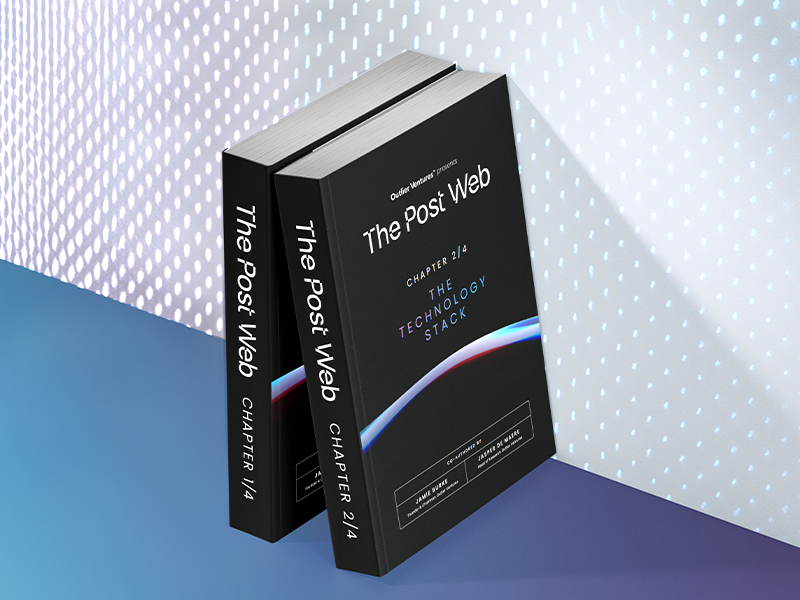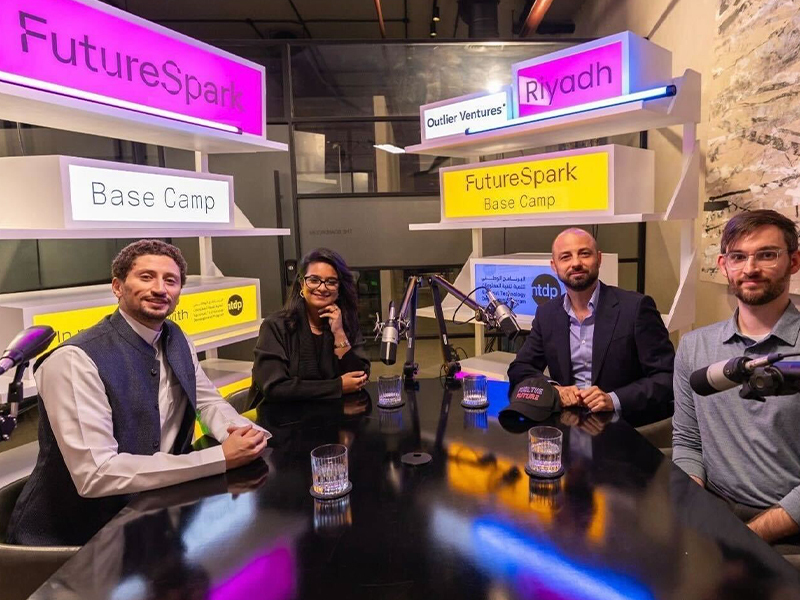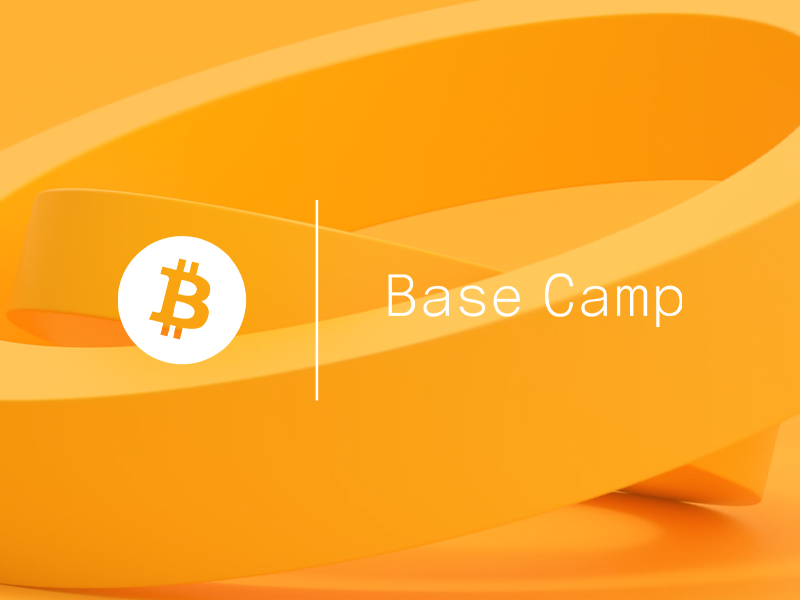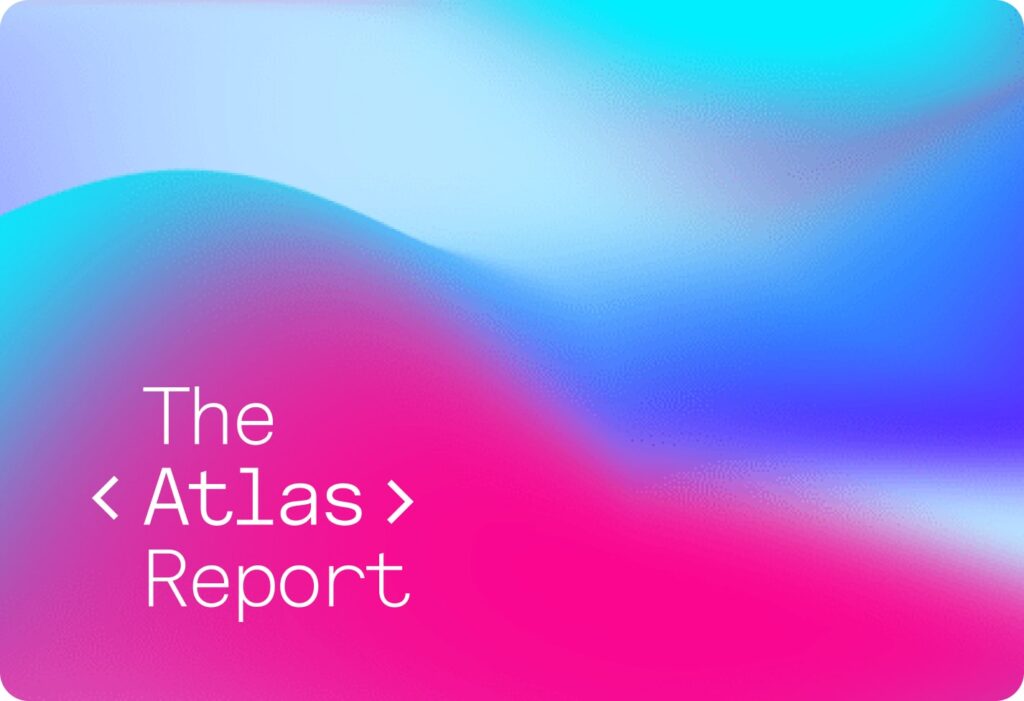Cutting-edge technologies, including web3, change rapidly. To stay updated, we developed a Web3 Tech Radar mapping the current landscape.
The pace of innovation – much of it open-source – means that new developers can leverage existing and emerging tools and platforms to interact with underlying blockchains much more quickly than if they had to code these integrations from scratch.
Even if one focuses on a single ecosystem, such as Ethereum and other EVM-compatible networks, there is so much going on that it is all too easy to miss new platforms, utilities or even use cases that would improve the developer experience.
What is the Web3 Tech Radar?
The Web3 Tech Radar comes from what ThoughtWorks did by pioneering the idea of “an opinionated guide to technology frontiers”. Our plan is to update the information every six months to maintain a guide consistent with the current Web3 tech landscape. Each item is categorised into one of the four categories: Adopt, Trial, Assess, and Hold, which are represented as rings.
- Adopt: Items that are mature.
- Trial: Items that are maturing and could fit your scope.
- Assess: Items worth exploring and/or running a Proof of Concept.
- Hold: Items with better alternatives available.
A typical lifecycle may see an element first being assessed, then trialled, then adopted, before something better comes along to supersede it.
At Outlier Ventures, we have decided to use the extensive knowledge we have developed by trialling these technologies ourselves and seeing how the 250+ portfolio companies within our Web3 ecosystem use these. Within the Product and Engineering team, we work closely to support and guide the cohorts in our accelerator programs. Our data-driven approach to recording the results of our ~200 technical due diligence sessions in the last year has given us unique insights into the current landscape of Web3 tools, trends, libraries and infrastructure.
Hence, the OV Product and Engineering team has produced a first version of the Web3 Tech Radar, which you can find below. Each member of the team contributed in the scouting of projects, analysing the proposals and scored for where in the life cycle each element should fit. In the case of their assessment was different from the rest, they were called on to explain their thinking so that we could tune the assessment. Not an easy task reconcile everything, but we feel we strike a good balance to give an overview of the current Web3 landscape.
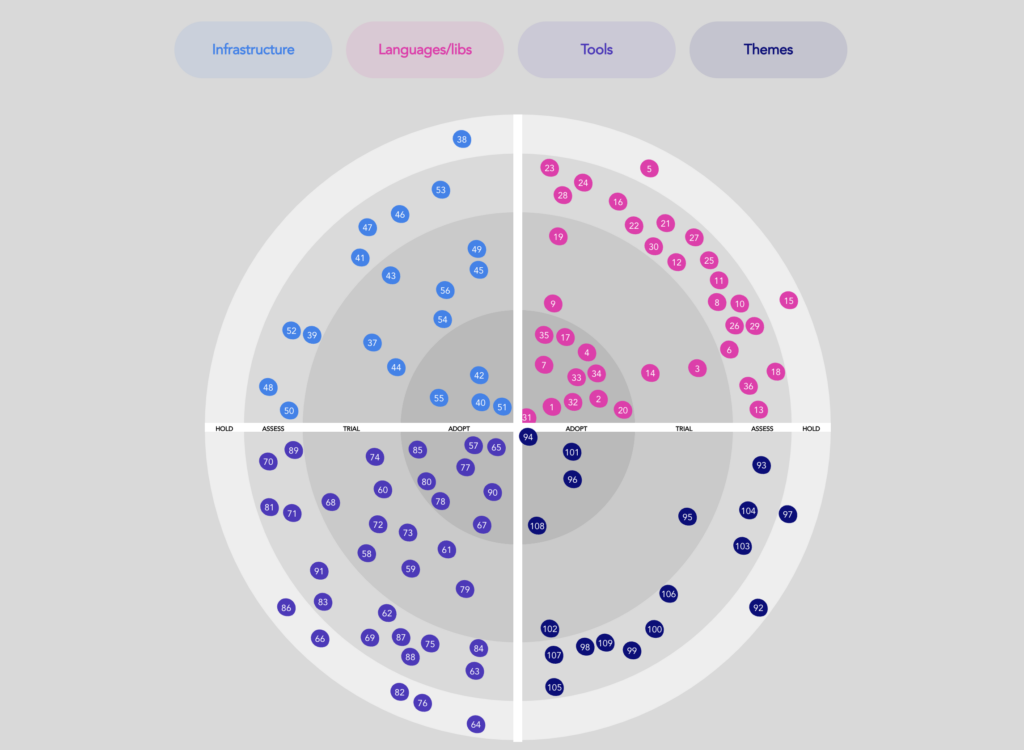
Web3 Tech Radar Key Takeaways
Let’s deep dive into the first edition of our Web3 tech radar and expand on each of the four quadrants: Infrastructure, Language and Libs, Tools and Themes.
Quadrant: Infrastructure
Several projects have delivered considerable improvements in the infrastructure layer. Running nodes, debugging a transaction or deploying a dApp is simpler than ever before. We observed Paradigm flexing its muscles by sponsoring and contributing substantially at different levels of the stack. Reth is the bit they brought at infrastructure level with a new Ethereum full-node implemented in Rust.
The L2 space is growing both in terms of traction and options for the developers. The Optimism Stack and Arbitrum Orbit are the two platforms getting the most attention and traction so far, but the ZK solutions (zkSync, Scroll, Polygon zkEVM and others ) are ramping up efforts, and we can expect more in the coming months when the Proto-Danksharding (EIP-4844) begins impacting the roll-up ecosystems. Most of the discussions are in terms of attracting the developers with EVM compatibility or EVM equivalence.
Quadrant: Languages and Libs
The battle on how to connect a web3 wallet to a dApp is ongoing. It’s getting easier thanks to libraries such as WalletConnect, Web3-Onboard and Web3-React. At the same time, we anticipate some action happening with EIP-6963 Multi inject providers sooner rather than later to improve the user experience.
At the frontend layer, similarly to what’s happening at the Infrastructure stack, Paradigm is playing a role by supporting the development of libraries such as Wagmi, Viem and Rivet.
Meanwhile, we saw Rust expanding outside the infrastructure layer and coming back even in writing smart contracts EVM compatible through the Arbitrium Stylus alpha version.
In the ZK space, a few languages such as Circom, Noir and Leo came out to help the developers write circuits; security auditors are upskilling for this.
Quadrant: Tools
Developer tools are improving at a consistent pace, with offering such as VSCode, Hardhat, Slither and Mythril supporting smart contract developers in their core needs. Rust saw an uptick in its usage with Foundry and Ether.rs getting traction and being added to the belt tools of the developers looking for a faster developer experience but they need to reach full maturity and likely won’t replace the Javascript/Typescript stack any time soon.
Another interesting pattern confirming the ecosystem maturity level is Consensys sunsetting Truffle and Ganache in favour of Hardhat. In the end, maintaining a developer framework up to date is actual work and having multiple entities behind the same solution makes sense.
Quadrant: Themes
Over the last few months, between podcasts and blog posts, we saw many conversations about Modular Blockchains, Roll-up as A Service and how scaling can finally happen. How it could be done is open for discussion, but the two most interesting are modular blockchains, where the devs can customise and fine-tune all the details or via a hands-off approach with Roll-up as A Service where no or little infrastructure knowledge is required.
During our ZK-1 program, we worked with Radius, a shared sequencing layer for the modular blockchains, and we had the chance to observe how the space is evolving from conceptual ideals to actual working products.
The other major enabler is Account Abstraction is becoming a reality. After ERC-4337 got merged into the Shanghai Ethereum fork in May, it spread a wind of UX innovation through all the EVM chains. Currently, there are a multitude of providers, such as Biconomy and Etherspot, two of our portfolio companies, along with Thirdweb, Alchemy, Safe and many others. All are working to provide a simplified and optimised user and developer experience. We will likely see a consolidation in the future, but for now, we observe a healthy level of activity.
Wrap up
The Web3 Tech Radar EVM edition shows how developing smart contracts and dApps is getting faster and more enjoyable; thanks to a maturing ecosystem on the frontend and backend stack. The most considerable missing improvement is towards the security. Programmable money is a fantastic feature but needs the proper security measures in place to reach the full potential.
Some new security tools are maturing (e.g. Scribbles, Forta and Ziion ), but we are far from something trustworthy by default.
Despite all the efforts, manual security audits are still the most significant defence against exploits, but they are also a constraint to accelerating the development and innovation on-chain because of the financial resources and time required.
We will iterate over this on a regular basis (~6 months), providing an updated snapshot of the way the ecosystem is developing.
Did we miss something or do you disagree with any of our placements and or you want to express an opinion? Get in touch with me ( Lorenzo – Head of Engineering ) or ( Rhian – DevRel).
Acknowledgement: ThoughtWorks for kindly open-sourcing the tech that generates their radar, allowing it to be repurposed for different use cases.
